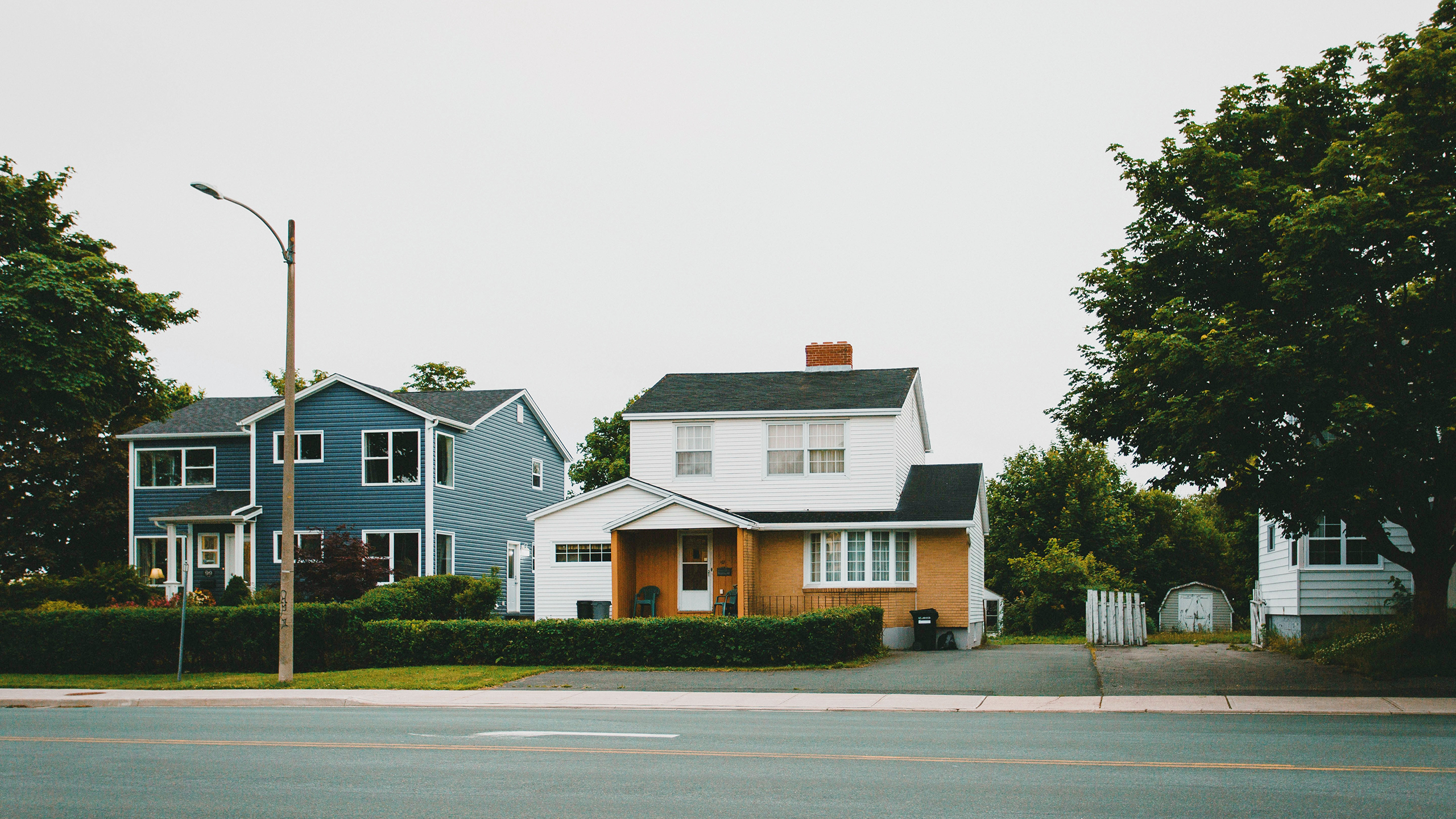Investors Are Buying Up a Bigger Share of Cheap Homes
More than a quarter of all US home sales were bought by investors in the last quarter, a new all-time high.

Sign up for smart news, insights, and analysis on the biggest financial stories of the day.
The US housing market may seem dead in the water, but one well-heeled group of buyers is partying like it’s 2006.
A report by real estate company Redfin on Wednesday revealed that real estate investors (any business or institution buying residential real estate) bought more than 26% of low-priced homes that sold during last year’s fourth quarter. That’s the highest share on record and up from 24% a year earlier.
Buy Low, Sell Never
Homebuying is a universal proposition — for investors and us regular people alike, the goal is to buy a property and watch it spike in value. In other words, what influences our buying choices is impacting investors as well, which explains the inherent attraction of low-priced homes: they don’t cost as much as high-priced homes! That’s particularly compelling now, when home prices and borrowing costs remain high, and the dearth of affordable homes can give lower-priced properties a higher ceiling for appreciating value.
What this trend means for non-investors, though, is a little harder to parse. In its press release, Redfin said that it remains an “open question” as to what kind of impact increased investor activity has on other buyers, even citing an academic paper released last week that found there’s “no evidence” that big corporate investors crowd out residential homebuyers or increase home prices.
And yet, does that finding feel right to you? It may certainly be true in housing-shortage meccas like coastal California, where paying in cash (as most investors do) is the default process to even have a chance to beat out fellow bidders. But it’s hard to believe that in most markets average homebuyers and cash-rich investors are playing the same game:
- Investor purchases in last year’s Q4 were actually down more than 10% from a year earlier, but that’s still a lighter decline than the 12.2% overall decline in US home purchases.
- The housing market presents an acute supply-and-demand double-whammy for any potential buyers. The total supply of homes for sale in the US fell 5.1% year-over-year in December and has remained well below pre-pandemic levels, with many homeowners hunkering down rather than lose the ultra-low, 2%-3% mortgage rates that many scored just a couple of years ago.
The markets where the share of investor purchases rose and fell the most in Q4 seem to align with the country’s broader migration: markets like Miami, Jacksonville, and Anaheim are in; Providence, Warren, Michigan, and Montgomery County, Pennsylvania, are decidedly not.
Growing Old at Home: Besides high mortgage rates keeping a lid on home sales, there’s the demographic matter of being a country of aging Baby Boom homeowners. A separate Redfin survey on Wednesday found that homeowners now stay in their homes twice as long as they did in 2005, an average of nearly 12 years (though the level has declined since the pandemic-moving frenzy of 2020). In many markets, homeowners have extra incentives to stay put, like in California, where Proposition 13 has created a nearly 50-year cap on property tax increases. Not that this Berkeley renter has any feelings about that, of course.











